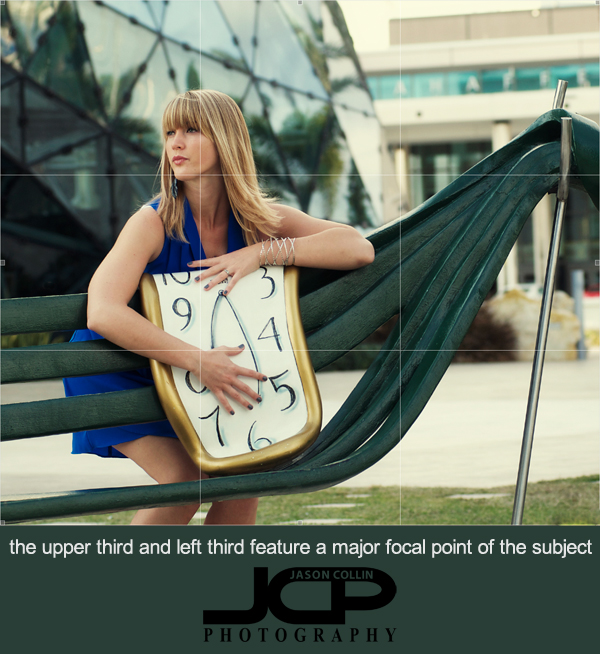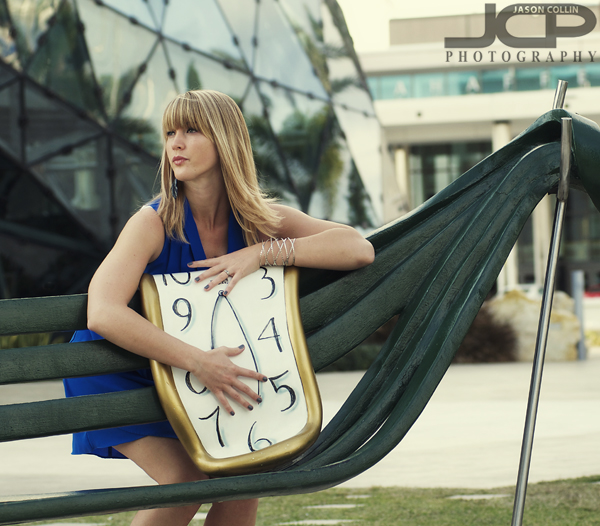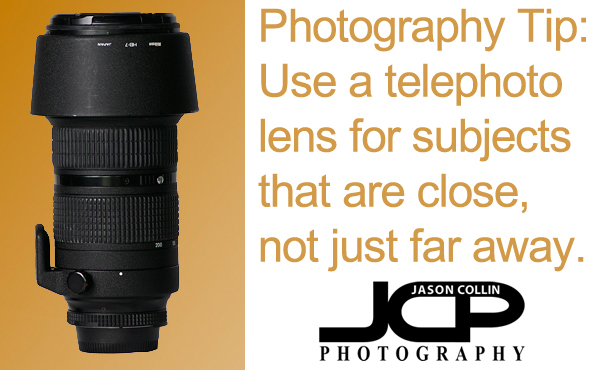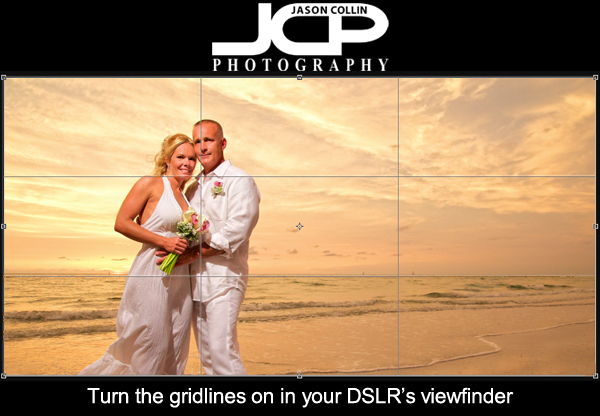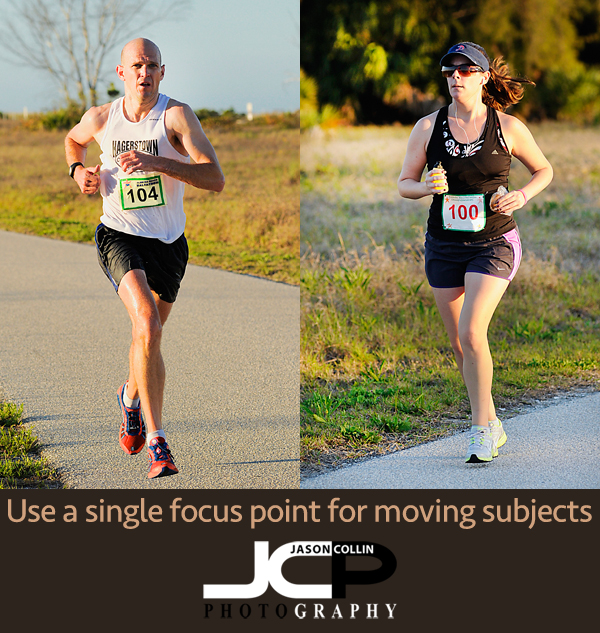Shooting low and on The Road is one of my favorite shots
The low angle on The Road shot is one my favorite types of photo to make. This one was made on a winding desert road south of Santa Rosa. It’s a great driving road for its lack of traffic, scenery, and numerous bends and curves. As light was starting to fade, I pulled over and got the camera out to compose this shot using the double yellow lines as a composition technique called leading lines. You can use anything to make leading lines, which catch the viewer’s eye and lead them to look into the full frame of the photo. The next time you are out with your camera, look for something you can use as leading lines in your shot.
Read MoreUsing shallow depth of field and setting your focus point
Since I started Jason Collin Photography back in 2009, I have taught hundreds of people of all levels 1-on-1 photography lessons. In the course of that teaching I repeated some favorite photography advice. Here is one of them:
“Show me something I cannot see by just standing there.”
Another one is:
“A photographer can make something out of nothing.”
In the example photos in this blog post I had my Sigma 50mm f/1.4 ART lens on my Sony a7 III full frame mirrorless camera. This lens is my favorite lens for making something out of nothing because the large f/1.4 aperture means I can easily create very shallow DoF (depth of field). Making a photo with a very shallow DoF is one of the easiest ways to make something out of nothing.
Read More


